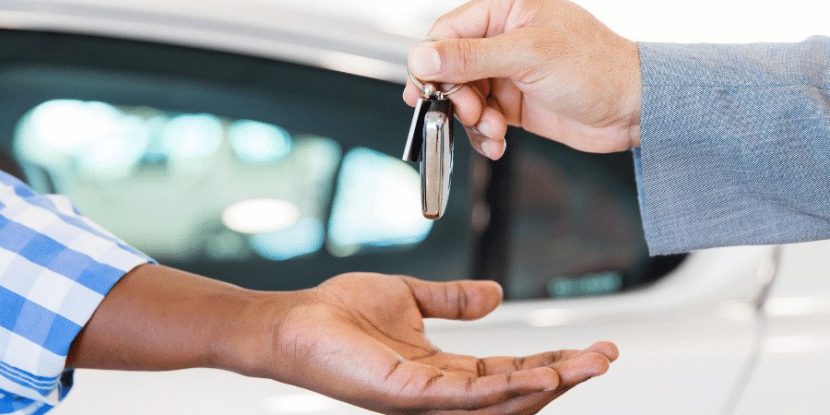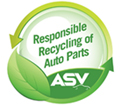
Are New Car Purchases on the Way Out?
- September 5, 2019
- No Comments
That new car smell. The roar of a brand-new engine. The grip of those brand new tyres on the road. Purchasing a brand new car and watching those first few k’s tick over is an experience that most people aspire to, at least once in their lifetime. But recent reports are showing that Australians’ are shifting their priorities. The most recent statistics from the Federal Chamber of Automotive Industries showed new car sales fell to an eight-year low in July. Many people are now choosing to purchase used cars in the face of brand new ones.
“If we look at our total results in FY19, we saw private buyer retail drop by 5.4 per cent in volume terms. Our used car sales, over a period which was pretty tough, actually went up by 3.6 per cent,” John McConnell (chief executive of Automotive Holdings Group) told the Sydney Morning Herald recently.
What is driving this trend?
While the obvious downturn in new car sales follows market sentiments, include the banking royal commission, a flailing national housing market and “broader economic uncertainty”. John McConnell thinks it goes deeper than this. The automotive market has shifted beyond this and the consumers are driving this change.
Consumers will now shop around and interchange across car brands. They are no longer searching for BMW but rather they are narrowing their search by car type e.g. SUV. While there will always be the diehard Mercedes fans, most people are no longer a car brand customer for life.
This shift is ultimately happening across the retail sector on the whole. People can now access all the information they need to make a decision online. Consumers can go online and find information, peer and professional reviews, road tests, product and manufacturing information. The information is at their fingertips and it is easy to find and absorb. But as Mr McConnell states, rather than looking at branded ranges of cars, consumers now shop based on car type.
With the rise of Facebook Marketplace, and online platforms like carsales.com.au, people no longer need to leave the comfort of their home to find their next car.
In the U.S. auto dealers have found that new car sales are not profitable for their business. A recent article in Forbes finds that “the average U.S. new car dealer operated at a financial loss in 2018.” This is even after their reliance on ‘automaker incentives,’ which see dealers receiving financial motivation from manufacturers by giving discounts on that product. This is largely due to a law that restricts brands from selling directly to customers, and thus having to go through dealerships to sell vehicles.
What is the incentive of purchasing used?
In the first place, new cars typically lose around 30 per cent of their value in the first three years. So it’s possible to save a lot of money purchasing a newish second-hand car, rather than a brand new car. With a used car, you can see how long they have been on the road, and from user experience, you know how the car drives.
All of these factors, and more, give consumers the chance to get to know the car they want to buy in more ways than just taking them for a test drive. They can also search for cars that fit themselves easier, rather than searching through all different kinds of new cars and models in a dealership.
Buying parts for used cars is generally much easier as well. With more quality recycled parts available for older models than brand new. So the cost of maintenance and upkeep can be seen as a lower and more economical.
Who knows what will happen, with the emergence of the electric and autonomous car market, but the decline of new car purchases is here, and what happens with that, only the future can tell.






